Crypto Staking: How to Stake Cryptocurrencies? Explained

Crypto staking is an innovative way to earn passive income from cryptocurrencies. It offers a great opportunity for cryptocurrency investors to make money without having to actively trade or mine.
In this comprehensive guide, we will discuss what crypto staking is, how it works, the different types of staking, the risks and rewards associated with it, and the best staking platforms to get started.
Whether you are a beginner or an experienced investor, this guide will provide you with the necessary information to help you make informed decisions about crypto staking. With this guide, you will be well on your way to growing your cryptocurrency portfolio in no time.
What is Crypto Staking?
We’ve all heard of mining cryptocurrencies, but did you know there are other ways to earn coins? One of those methods is known as staking, which refers to the process of earning interest on coins held in a staking wallet or a smart contract. The interest is paid out in the form of cryptocurrencies, usually the native token of the platform you are staking your crypto on.
Staking is a low-maintenance way of earning extra coins, and it’s available to most cryptocurrencies, including the ones with a proof-of-work consensus like bitcoin. Just remember, the more popular coins, like bitcoin, have a much lower chance of generating a stake, making them less profitable than smaller alt coins and tokens.
How Does Crypto Staking Work?
When you stake a cryptocurrency, you’re lending your coins to the network in exchange for a percentage of the network’s new coins. Your coins are held in a staking wallet (or a smart contract), which is a designated software program designed to facilitate the staking process. The staking wallet holds your coins for you until the end of the staking period, during which time those coins are unavailable for trading.
When the staking period ends, the staking wallet sends your coins back to your wallet along with any rewards earned through staking. The amount of reward earned through staking depends on the network’s collective staking power, which is often determined by the number of coins held in the staking wallet.
Types of Crypto Staking
Proof-of-Stake (PoS) - Proof-of-stake is a broad consensus method that doesn’t require energy-intensive mining. Instead, coins held in a wallet earn interest as a form of reward. The amount of interest earned is based on the number of coins held. PoS is used by a number of popular blockchain networks, like Ethereum.
Delegated-Proof-of-Stake (DPoS) - Delegated-proof-of-stake is a variation of proof-of-stake that allows network members to vote on delegates to manage the network. The more coins that are staked, the more voting power is available to select delegates. The delegates are responsible for validating transactions on the blockchain and receiving a cut of any transaction fees as a reward.
Risks and Rewards of Crypto Staking
One potential risk is the possibility of losing access to your staked coins. If you are staking your coins on a third-party platform or through a staking pool, there is a chance that the platform could become inaccessible or go offline. This could prevent you from being able to access your staked coins or claim your rewards.
Another risk is the potential for your staked coins to be stolen. If you are staking your coins on a platform that is not secure, or if you are using an insecure wallet to store your staked coins, there is a chance that your coins could be stolen by hackers. This could result in significant losses, especially if the stolen coins are a large portion of your overall cryptocurrency holdings.
Finally, there is also the risk of volatility in the cryptocurrency market. The value of your staked coins could go up or down depending on market conditions, and this could affect the potential rewards you receive from staking. If the value of your staked coins decreases significantly, you could end up losing money even if you are earning rewards through staking.
Overall, staking cryptocurrencies can be a good way to earn rewards and help secure a blockchain network, but it is important to carefully consider the risks before deciding to stake your coins. It may be helpful to do some research and carefully evaluate the security and reliability of any platform or staking pool that you are considering using.
Tips for Successful Crypto Staking
Here are a few tips and tricks for you to ensure a successful crypto-staking trajectory:
- Find a cryptocurrency with a high potential for growth. Staking is only beneficial if the network is growing and gaining value.
- Don’t spread yourself too thin by investing in too many networks. Staking is a long-term strategy, so it’s best to focus your efforts on one network at a time.
- Don’t forget to reinvest the rewards you earn through staking. Reinvesting will help to grow your investment, which is the ultimate goal for staking.
Final Thoughts on Crypto Staking
Staking is an excellent way to earn passive income from cryptocurrencies, especially for those who want to earn income without trading or mining. The more coins that are staked, the more rewards are earned through staking.
Create Your Free Token Metrics Account

.png)




%201.svg)
%201.svg)


%201.svg)



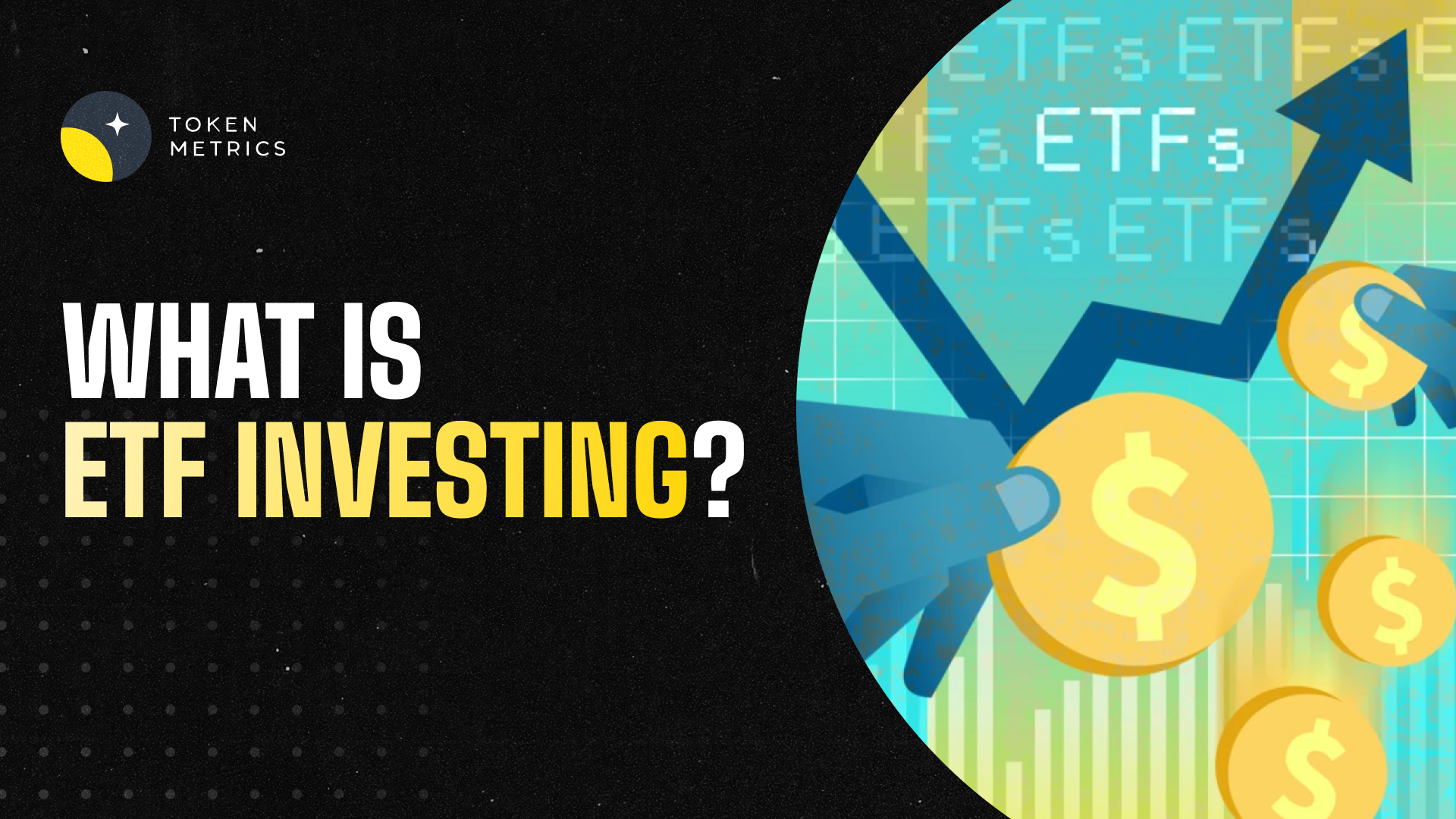



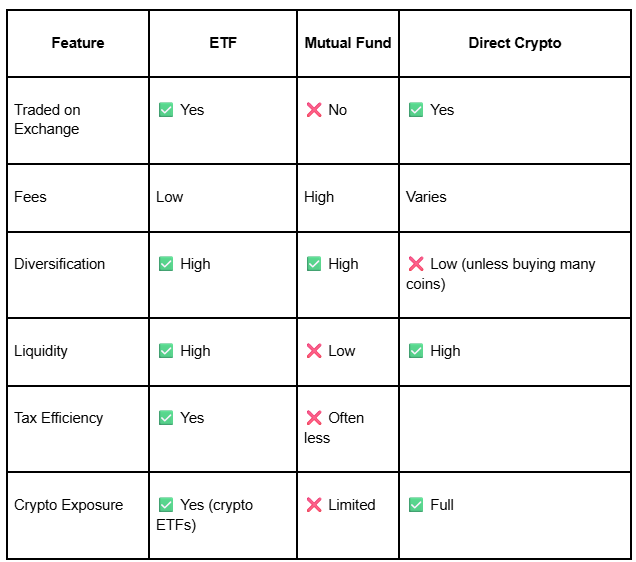
.png)




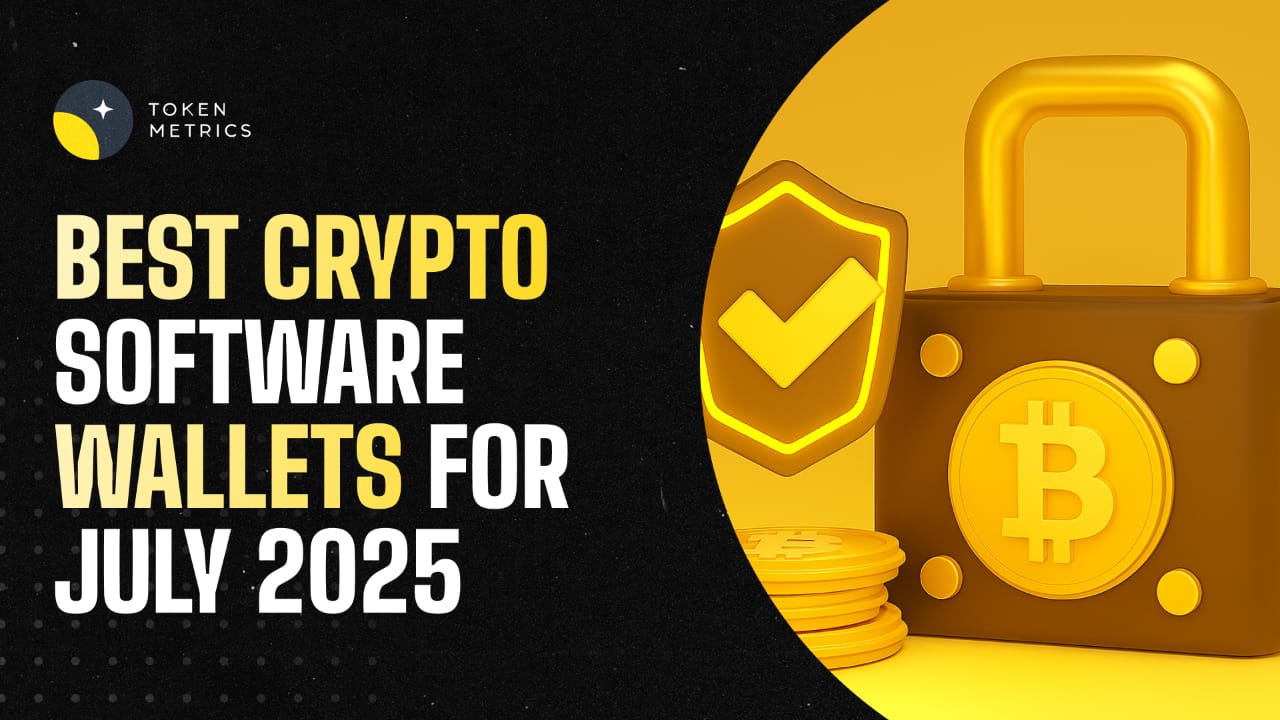



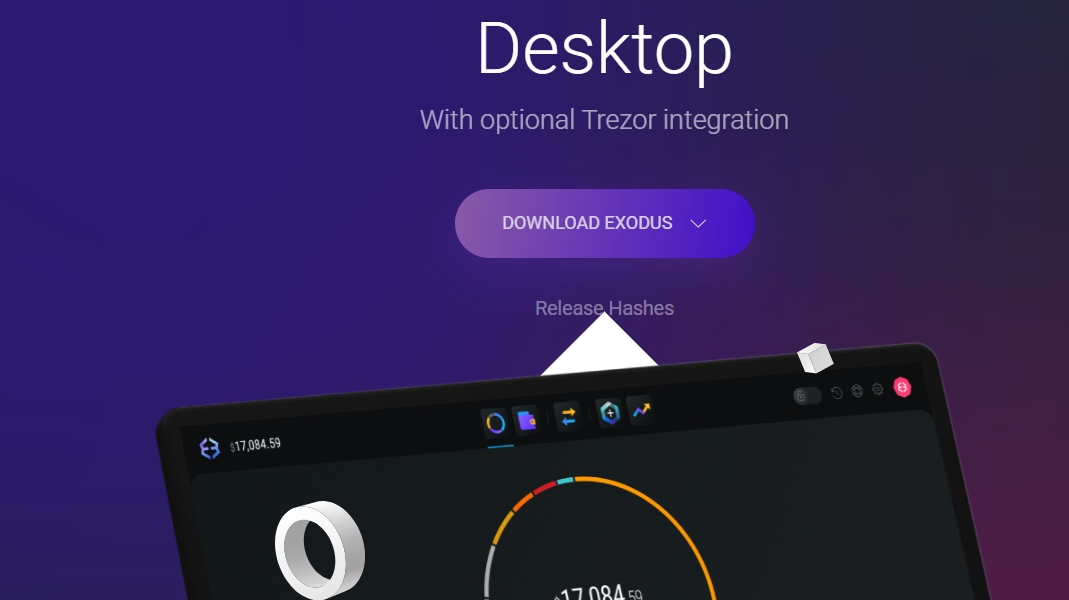



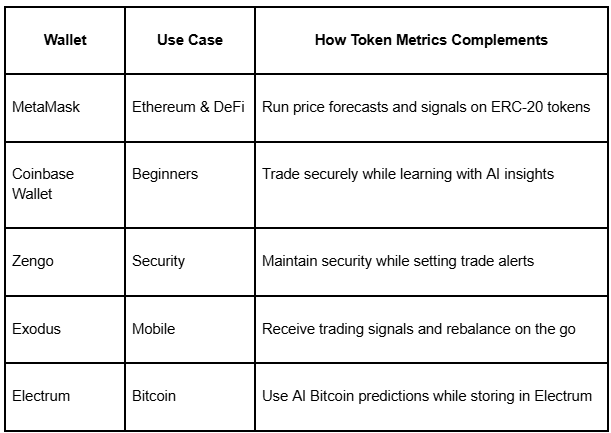




.svg)




.png)